#icons chango
Text
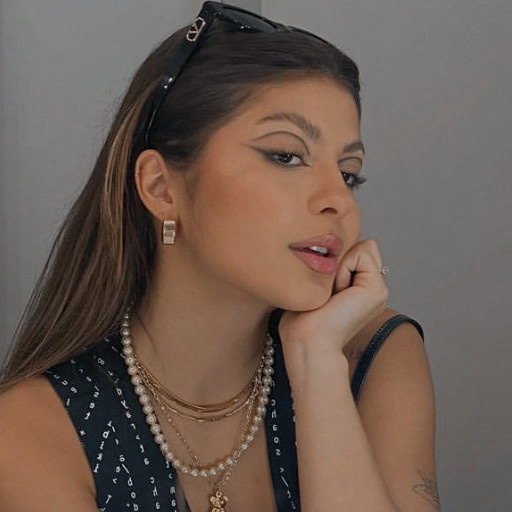

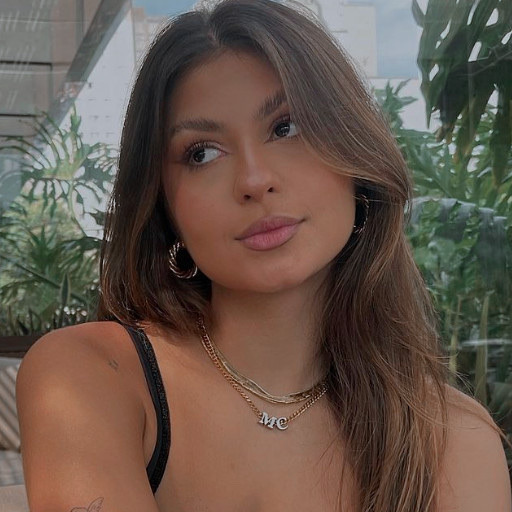
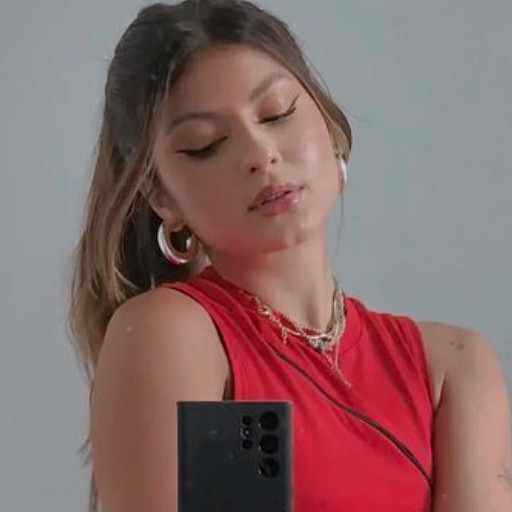

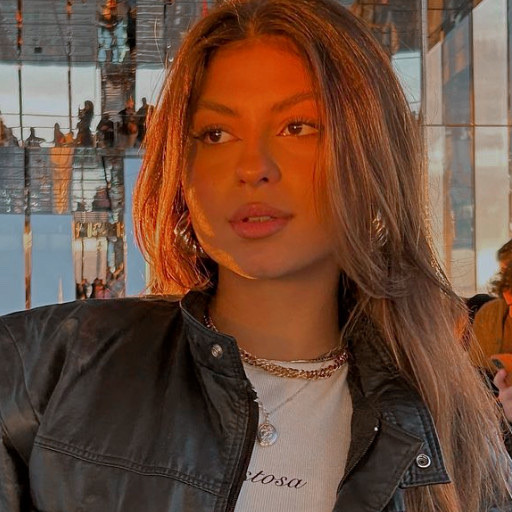



malu camargo icons like/reblog if you save
credits @aIfasquad on twitter
#icons site model#site model icons#icons#icons with polarr#icons with filter#icons with psd#icons influencers#icons brasileiras#brasileiras icons#malu camargo#malu camargo icons#icons malu camargo#chango#chango icons#icons chango#icons tiktokers
28 notes
·
View notes
Text
Kinda wanna make a new pfp but I don't wanna remove the trademark Leavanny because it's the pokemon behind my username and theming.
should I just make a gijinka of it and then set it as a pfp or nah?
#leaf-talk-40#I really want something that fully screams 'me'#without confusing the mutuals or followers because we usually identify via icons#podria ser chango con tonos verdecitos..#osea chango la ave porque aqui le decimos eso a los grackles
6 notes
·
View notes
Text

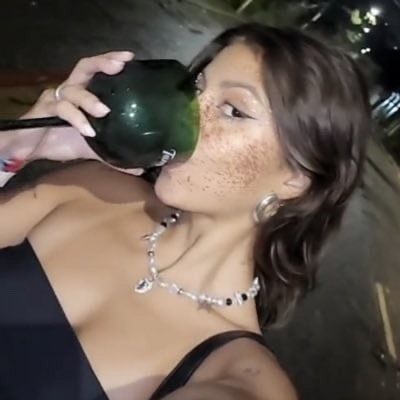


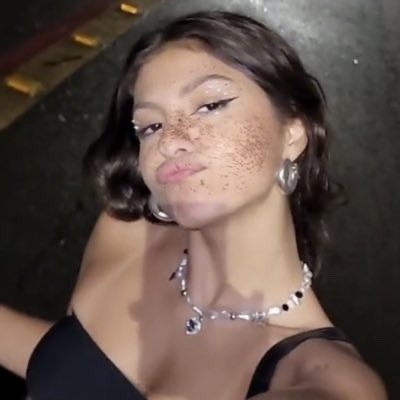
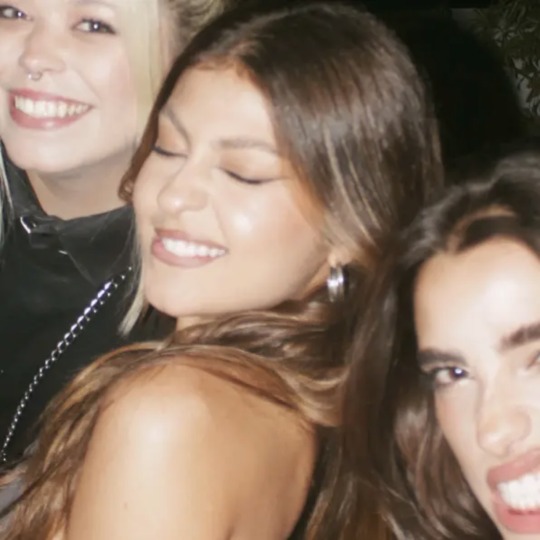
like/reblog if you save.
28 notes
·
View notes
Text

13 notes
·
View notes
Text
Cerveza Chango Beer Baseball Jersey
The Cerveza Chango Beer Baseball Jersey is the perfect gift for beer enthusiasts and baseball fans alike. Whether you're a man or a woman, this jersey is designed to suit everyone's style and taste.
The jersey features the iconic Cerveza Chango Beer logo on the front, proudly displaying your love for this renowned beer brand. The logo is boldly embroidered, making it stand out and adding a touch of authenticity to the jersey. The classic baseball design, with its button-down front and pinstripes, adds a sporty and timeless appeal.
This jersey is made from high-quality materials, ensuring comfort and durability. The fabric is soft and breathable, keeping you cool and comfortable even during hot summer days at the ballpark or while enjoying a cold beer with friends. The jersey is available in a range of sizes, from small to extra-large, to fit a variety of body types.
One of the great things about this jersey is its versatility. It can be worn on multiple occasions, making it a truly practical gift. Whether you're attending a baseball game, hosting a backyard barbecue, or simply hanging out with friends, this jersey adds a stylish touch to any casual outfit. You can pair it with jeans or shorts for a relaxed look or dress it up with chinos or a skirt for a more fashion-forward outfit.
The Cerveza Chango Beer Baseball Jersey is not just a gift for beer and baseball lovers; it's also a great choice for anyone who appreciates unique and stylish clothing. Its timeless design and top-notch quality make it a wardrobe staple that can be worn for years to come. Moreover, the jersey's unisex design makes it suitable for both men and women, giving you the freedom to choose the perfect gift for anyone in your life.
Another standout feature of this jersey is the attention to detail. The logo, stitching, and overall craftsmanship are of the highest standard, ensuring a product that not only looks great but also lasts. The jersey is machine washable, making it easy to care for and maintain its vibrant appearance.
In conclusion, the Cerveza Chango Beer Baseball Jersey is a fantastic gift for everyone. With its iconic logo, comfortable fit, and versatile style, it's sure to please any beer or baseball enthusiast. Whether you're looking for a gift for a special occasion or just want to treat yourself, this jersey is a must-have item that combines fashion, comfort, and your love for Cerveza Chango Beer.
Get it here : Cerveza Chango Beer Baseball Jersey
Home Page : tshirtslowprice.com
Related : https://kingjain.tumblr.com/post/718367910121390080/god-is-great-beer-drinks-crocs-classic-gift-for
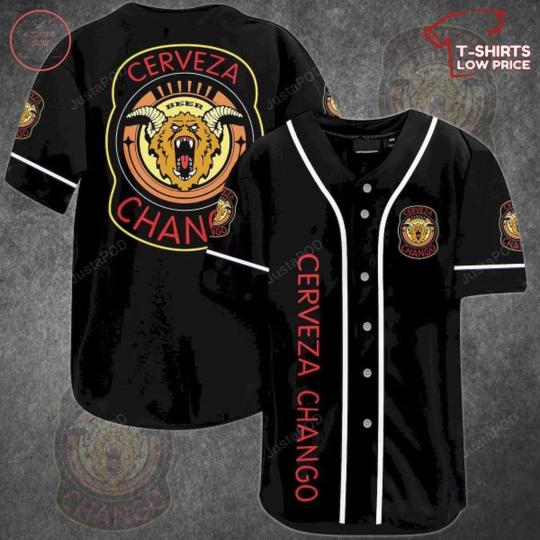
1 note
·
View note
Text
The "Duel on the Mountain" returns to the Superior Men's Volleyball League with the presence of the Banana trees and the Changos
The “Duel on the Mountain” returns to the Superior Men’s Volleyball League with the presence of the Banana trees and the Changos
The return of one of the most iconic teams in the Superior Men’s Volleyball League (LVSM), the Banana trees of Corozalrepresents one of the most transcendental points of the 2022 season, which begins this Thursday with two games on the agenda.
Corozal, which is known as the cradle of volleyball, will have a team this year after not participating since 2017, when the tournament was suspended due…
View On WordPress
0 notes
Note
Do you know what Magnus Chase’s sexuality is???? I’m curious...
MAGNUS CHASE IS PANSEXUAL
181 notes
·
View notes
Text
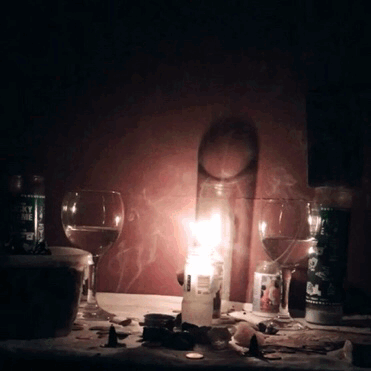
Quality Time🔮✨
#ambw bwam#blackgirlmagic#south korea#kpop icons#brujalife#brujaria#babywitch#ifa#witch#witchblr#hoodoo#orisha#oshun#chango#yemaya#elegua#oya
5 notes
·
View notes
Text
¡Que Viva Changó! -Exploring the popularity of Changó in Cuba.

(Image 1: Changó, dios de trueno)
Background
The transatlantic slave trade saw not only the movement of people from West Africa to the Caribbean and South American continent, but also the spread and evolution of hybrid religious practices stemming from a shared pantheon of Yorùbá deities from Southern Nigeria.
The African Diaspora developed these religious practices across a wide geographical area and under different systems of colonial rule which lead to differences in names and spellings as well as morphing religious with the beliefs with those of the oppressors to guarantee clandestine survival. Here I focus on Cuba where African deities are equated with Roman Catholic saints (Welsh, 2001) and are survived not only in religious practise but in popular music.
Who is Changó?
Known as: Sàngó in Africa, Xangó in Brazil and Changó or Shangó in Cuba, Changó is a strong warrior deity connected to thunder and fire and associated with the colours red and white. Ernesto Pichardo, worshipper and ‘child’ of Changó describes him as:
‘Thunder and lightning. Justice and truth, warrior and king. Dancer, owner of the sacred Bàtá drums, original diviner[…] Excellent strategist in warfare. Excellent governor of people. Always present where there is injustice. Brings order where there is confusion. These are ways in which people describe him[…]’ (Mason & Pichardo, 2009)
His popularity and prominence in Cuban popular music makes me wonder: why Changó? There are many other deities in the pantheons of Cuba’s Santeria and Lucumi, each with their own attributes, powers and ritual, yet Changó stands out.
In ‘Ochun con Changó’ Celia Cruz very clearly describes the deity and her feelings towards him:
Él es el macho fuerte siempre de rojo y blanco
He is the strongest always in red and white
Con su espada en la mano guerrero y emperador
With his sword in hand warrior and emperor
Oshun con Changó, Changó con Oshun
Oshun with Changó, Changó with Oshun
Ellos son mis orishas y yo los quiero a los dos
They are my orishas and I love them both
Akínyemi defines Changó as one of the most powerful and universally worshipped Yorùbá deities in the (African) Diaspora, and goes on to explain his multi faceted traits that could be attributed to causing this:
‘…the prestigious position that Sàngó [Changó] occupies among the Yorùbá people stemmed from his association with Òyó royalty and the institution of kingship, his specialised divination system[…] his commitment to social justice, his association with thunder and lightning, his military might and pursuit of the two main themes of a warrior culture - prowess and honour - both of which his devotees believed were part of the reason he did an enormous variety of things towards their improvement and for humanity in general’ (Akínyemi, 2009)
This gives insight into Changó’s position and appeal within the pantheon but does not explain his particular popularity in Cuba.
In ‘Saludo a Changó’ Company Segundo covertly refers to Changó as papa (father) singing: ‘Pa saludar a papá ‘ - say hello to father - meaning Changó. This reference could be easily missed were it not for the closing refrain where he sings: ‘Obaé obayana yana’ which is in the Yorùbá language and translates as ‘my father is here’. Religious practices often use African derived languages and this use of Yorùbá acts as a coded reference, aligning him to these practices. It is hidden to those who do not understand it, but an obvious statement to those who do, hiding in plain sight.
Orisha Royalty?
Although not explicitly a leader of the other deities, Changó has an elevated status often described as regal:
‘…in the diaspora, where Sàngó [Changó] is syncretised as Saint Barbara (as in Cuba)[…] his association with Òyó royalty is still recognised, and he is subsequently accorded royal respect[…] he is regarded as the divinity of thunder and lightning[…] and he dances to the rhythm of the Bàtá drum beaten in a virile, warlike, dignified and kingly fashion.’ (Akínyemi, 2009.)
Could this royal association be the source for his popularity? The evidence within songs does not suggest so. Although he is described as having royal status by scholars with regard to ritual practise, there is no evidence of this in popular Cuban music which could explain his popularity there.
In ‘Changó ta veni’ Celia Cruz sings enthusiastically in a major key uptempo track that demonstrates excitement at his arrival, however there is no further lyrical elaboration as to specifically why this is:
Con el machete en la mano tierra va temblar
With machete in hand the earth will tremble
Changó ta veni
Changó is coming
The Power of Changó
Changó has control of thunder, lightning and fire which as strong elements undoubtedly give a certain appeal, however his power also extends past this. Changó has the ability to resolve all kinds of human problems (both spiritual and physical) through his mysterious and mythical power. His superhuman nature is demonstrated in his military might and ability to provide physical protection for his followers’ (Akínyemi, 2009)
The group N.G La Banda appeal to this power in their song ‘Papa Changó’ where the lyrics to their heavily rhythmic track state:
¡Que miedo que volverias!
How scary it is that you could return!
Papa Chango […]
Father Changó[…]
Darme la luz mi padre, darme la luz […]
give me the light my father, give me the light […]
a matar muchos enemigos […]
to kill many enemies […]
So we can see here how the physical power of Changó is appealing and called upon in a devotional way in the song. However the request of powerful help has not only been asked for in the immediate present for dispatching enemies; the history of slavery itself can be seen as just cause for people to turn to Changó for help and guidance:
‘The protective power of Sàngó is well recognised and appreciated by his devotees in the Diaspora. Since Sàngó worshippers in the New World developed from a background of slavery in an atmosphere of bondage and suffering, the deity is often called upon in their chants as an instrument of deliverance.’ (Akínyemi, 2009)
The suffering through slavery that brought these deities to Cuba demonstrates why a powerful deity like Changó would be held in high regard as a saviour for the oppressed. However we can attribute this to Changó’s survival in the New World, but it still doesn’t account for his popularity., the reasons for which are more specific.
Musical heritage as cultural identity.
So still the question remains: Why Changó?
To answer this we need to look at cultural heritage, preservation and reinvention in Cuba.
The slave trade brought people and with them their religious belief systems also made the Atlantic crossing. As Lovejoy explains:
‘Easily identifiable cultural icons, such as Bàtá drums, can reveal the conscious efforts of people to reestablish institutions of their homeland, even if only in symbolic and ritualised forms associated with religion, in this case òrìshà worship’ (Lovejoy, 2009)
And with this, most importantly:
‘Bàtá drums in Cuba also have an important relationship to Changó in that they belong to him’ (Lovejoy, 2009)
In Cuba, programs such as the government funded Casa de las Américas strengthened pan-Caribbean and pan-African cultural links through arts preservation and economic support.
‘Cuba is exceptional in the Spanish Caribbean in the degree of attention it has given to its links - historical, cultural and ideological - with Africa.’ (Pacini Hernandez, 1998)
And this even saw the ministry of culture elevate the status of Rumba to a national cultural symbol.
‘Rumba[…]has emerged as a national symbol of twentieth century Cuban society’ (Payne Daniel, 1991)
Through the use of bàtá drums Rumba is heavily connected to Changó so in effect, Changó was being promoted yet hidden in plain sight under the guise of Rumba music and dance.
We can see this clearly in tracks like ‘Elube Changó’ by the Afro Cuban Allstars, ‘Que viva Changó’ by Lazarito Valdés and ‘Highway One (Changó’s Dance)’ by the Bobby Matos Afro Cuban Jazz Ensemble. These all display Rumba musical features, either in vocal call and response style, harmony, the use of the rumba clave or in more general polyrhythmic rhythm parts. All of these reference Changó in their titles, yet don’t describe or make a devotion to him. He is the focus through the Rumba musical features which are integral to the tracks which clearly supports the idea that with the promotion of Rumba naturally came the promotion of Changó which can explain such a level of his popularity.
Machismo and Changó?
Leaving aside the influence that the promotion of Rumba and black Cuban culture had on the popularity of Changó for a moment, can we see any influence from wider Cuban society?
Often described as ‘machismo’, could the cultural landscape of Cuba of had a natural affinity with the virile and strong warrior deity Changó?
‘…an atmosphere of lingering machismo - the emphasis on being a male, male virility, superiority of men over women. Men are still the dominant group in Cuba. Notions of superiority and defence are embedded in their attitudes and behaviours and both men and women are products of an historic machista culture.’ (Payne Daniel, 1991)
We cannot debate the nature of the culture, only to say that yes on an individual basis Changó might have an appeal due to his ‘macho’ qualities, however we know that African deities were hidden in Cabildo worship by merging or disguising them as Catholic saints based on common features of iconography or traits, e.g the virgin Mary wears blue and white clothing and so does the sea deity Yemayá, so they are paired together through their shared colours. Changó is paired with Saint Barbara who is a patron saint of the military in Catholicism and is often depicted wearing red and with lightning behind her. The military focus, red colour and lightning were enough to merge her with Changó in forced cabildo worship, but we can clearly see that Saint Barbara is female and Changó is male, yet this is not addressed as an issue.

(Image 2: Saint Barbara and Changó)
In the Cuban classic ‘Santa Barbara’ by Celina y Reutilio y Su Conjunto Tipico (with many other artists’ versions available) we see the lyrics weighing heavily towards the Saint in the verses, only to name Changó in the chorus:
Virgen venerada y pura, Santa Bárbara bendita
Revered and pure virgin, blessed Saint Barbara
Nuestra oración favorita, llevamos hasta tu altura
Our favourite prayer, we rise up to your height
Que vive Changó
Changó lives
This use of both clarifies that they are merged as the same deity which dismisses claims that the popularity of Changó in Cuba is purely the result of the machismo culture, as the female saint and the male warrior deity are inextricably linked.
The Form of the Orishas
Finally, the nature of Changó as an entity must be recognised. As well as his physical abilities we need to take into account the Orisha system itself. All Orishas are connected in the pantheon when they ‘become active in the realm of others’. (Mason & Pichardo, 2009) So in this sense their strength and popularity can be seen as mutually dependent. Changó also has the very specific elemental traits of lightning and fire which Mason & Pichardo see as ever changing:
‘Since fire is associated with Changó, take that as an example. fire has not changed. Fire is fire, but its manifestation has changed and will continue to change…(about fully knowing Changó) You can never master it because it is always taking on new forms that make you go right back to square one[…]The influence of Changó’s blessings will vary[…] not in principle but in form.’ (Mason & Pichardo, 2009)
Conclusion:
‘The worship of Sàngó in the New World has thus become a strategy for survival and for freedom. Therefore, the deity is seen in the Diaspora as a national heroic symbol as well as a protective spiritual leader’ (Akínyemi, 2009)
Alongside this statement I argue that Changó has survived thanks to hiding and merging with the image of Saint Barbara, the ever changing forms his elements can manifest in and the strength of a co dependent pantheon of deities he belongs to. Changó has thrived under promotion as part of a Cuban cultural identity through Rumba music, as well as having a place as a spiritual link across the wider Caribbean and in Brazil thanks to his African roots.
Here I show the multiple possible routes that lead to Changó and thus his popularity in Cuba.
I call it ‘El Camino a Changó’ -(The route/way to Changó):
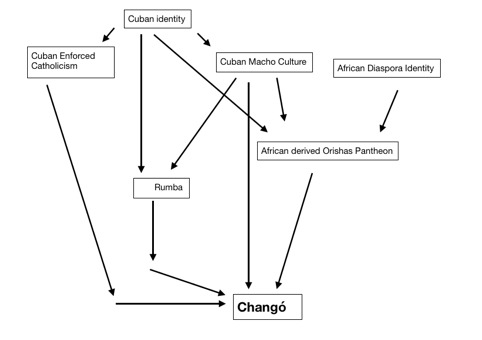
(Image 3: El Camino a Changó’)
The hip hop group ‘Orishas’ promote their identity as Cubans through their music and their song ‘Canto Para Elegua y Changó’ devotes a verse to Changó. The song shows Chango´s representative colours, connection to Saint Barbara, strength and guidance, the diversity of these come together to show why he is so popular:
Blanco y rojo represento[…]
White and red I represent[…]
Santa Bárbara bendita es tú Changó […]
Blessed Santa Bárbara is you - Changó[…]
Fuerza, esperanza, en ti confianza, con tu espada avanza[…]
Strength, hope, trust in you, with your sword advancing[…]
Guía por el bien camino a tus hijos, como yo[…]
Guide the way to your children, like me[…]
However I believe the most important of these features that have insured Changó’s popularity are his link to Rumba music and cultural identity. All bàtá drums are Changó’s and the inclusion of these drums in Rumba music means that his legacy will always continue as long as the musical tradition survives. With the government promotion of Rumba as a national symbol of Cuba, Changó’s fingerprint or DNA is promoted implicitly through music which strengthens Changó as part of a Cuban/Caribbean/African identity. It is perhaps more accurate to invert the visual image and in place of routes leading to Changó, in fact see the stretching reach that he spans.

(Image 4: ‘The Reach of Changó’)
References.
Audio Tracks:
Afro-Cuban Allstars - Elube Changó
Accessed online at: https://www.youtube.com/watch?v=rMTw0TLdTx8
Bobby Matos Afro Cuban Jazz Ensemble - Highway One (Changó’s Dance)
Accessed online at: https://www.youtube.com/watch?v=K5NLjKHFUY0
Lazarito Valdés - Que viva Changó
Accessed online at: https://www.youtube.com/watch?v=Uy10PcV-qZg
Bibliography:
Akínyemi, A. (2009) The Place of Sàngó in the Yorùbá Pantheon. In Tishken, J, E. Fálolá, T. & Akínyemi, A. (Ed.) Sàngó in Africa and the African Diaspora. Indiana University Press. (p. 24, 26, 32, 34, 35, 37)
Atwood Mason, M. Pichardo, E. (2009) Searching for Thunder: a Conversation About Changó. In Tishken, J, E. Fálolá, T. & Akínyemi, A. (Ed.) Sàngó in Africa and the African Diaspora. Indiana University Press. (p. 328, 331, 336,
Hernandez, D, P. (1998) Dancing With The Enemy: Cuban Music, Race, Authenticity, and the World-Music Landscape. Latin American Perspectives, Vol. 25, No. 3, Race and National Identity in the Americas. (pg. 110 - 125)
Lovejoy, H, B. (2009) Drums of Sàngó: Bàtá Drum and the Symbolic Reestablishment of Òyó in Colonial Cuba, 1817-1867. In Tishken, J, E. Fálolá, T. & Akínyemi, A. (Ed.) Sàngó in Africa and the African Diaspora. Indiana University Press. (p. 289, 286)
Payne Daniel, Y. (1991) Changing Values in Cuban Rumba. A Lower Class Black Dance Appropriated by the Cuban Revolution. Dance Research Journal, Vol. 23, No. 2. (p. 1-10)
Welsh, D, B. (2001) Voice of Thunder, Eyes of Fire: In Search of Change in the African Diaspora. Dorrance Publishing Co. Pittsburgh, Pennsylvania. (p.113, 138-139)
Discography:
Celina y Reutilio y Su Conjunto Tipico. A Santa Barbara. ’Santa Barbara’ Discos Fidel. 2015. Mp3
Accessed online at: https://www.amazon.co.uk/dp/B015LZAPEE/ref=sr_1_1_rd?_encoding=UTF8&child=B015LZAQIO&qid=1515888474&sr=1-1%3C/a%3E
Company Segundo, Colección. ’Saludo a Changó’ WM Spain. 2012. Mp3
Accessed online at: https://www.amazon.co.uk/gp/product/B006NQF4QK/ref=dm_ws_sp_ps_dp
Cruz, C. 2En1. ’Ochun Con Changó’ Universal Music Digital Services. 2017. Mp3
Accessed online at: https://www.amazon.co.uk/dp/B06VY9NWKF/ref=sr_1_2_rd?_encoding=UTF8&child=B06WGVLLQL&qid=1515888381&sr=1-2%3C/a%3E
Cruz, C. Celia Cruz:The Essential. ’Changó Ta Veni’ Lets Go Home Records. 2017. Mp3
Accessed online at: https://www.amazon.co.uk/dp/B06WD5MPB9/ref=sr_1_1_rd?_encoding=UTF8&child=B06VWRQCWS&qid=1515888081&sr=1-1%3C/a%3E
N.G La Banda. Cuba Classics 3: Diablo Al Infierno! ‘Papá Changó’ Luana Bop. 1992. Mp3
Accessed online at: https://www.amazon.co.uk/gp/product/B00G71DT0E/ref=dm_ws_sp_ps_dp
Orishas. A Lo Cubano. ’Canto Para Elegua y Changó’ EMI France. 2003. Mp3
Accessed online at: https://www.amazon.co.uk/Lo-Cubano-Orishas/dp/B001J9JG60/ref=sr_1_1?s=dmusic&ie=UTF8&qid=1515888657&sr=1-1-mp3-albums-bar-strip-0&keywords=orishas
Images:
Image 1:
Changó, dios de trueno
Available at: https://www.cibercuba.com/lecturas/chango-dios-del-trueno
[Accessed January, 13. 2018]
Image 2:
Martinez, A. (2011) Día de Santa Barara, Changó. Chango y Santa Barbara.
Available at: http://www.cubaenmiami.com/dia-de-santa-barbara-chango/
[Accessed January, 13. 2018]
Image 3:
El Camino de Changó’ - Author’s own image.
Image 4:
The Reach of Changó - Author’s own image.
2 notes
·
View notes
Text
Hoy me entraron ganas de ver las películas de disney que no había visto.
Raya y el último dragón 5/5
Personaje favorito: Bebé punk y sus changos
Momento fav: Raya perdonando la vida de Namaari
-tbh I did cry a little bit
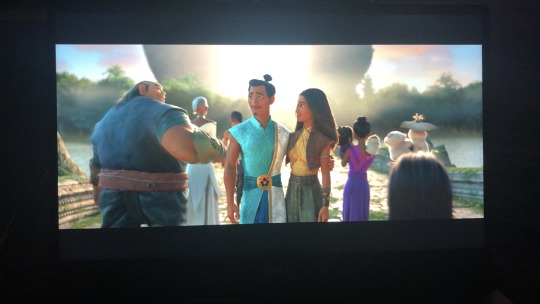
Red 5/5
Personaje favorito: Abby (my iconic queen)
Momento favorito: Rebelión de la mei mei y las ancianas power panda rangers.

Ron da error 4/5
Personaje favorito: Ron (obviamente)
Momento favorito: Ron salvando a Barney
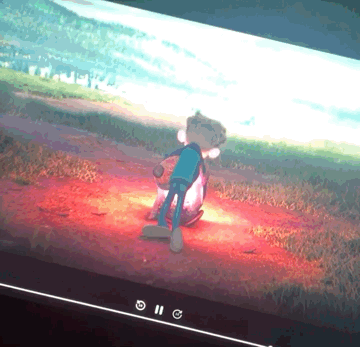
0 notes
Text
🇨🇺👑🎶🙌🏿#ArtIsAWeapon #LibraSeason AZUCAR!!! The Queen Of Salsa #CeliaCruz was born 95 years ago today [October 21, 1925]. Follow the @celiacruz @instagram account & www.celiacruz.com to learn more about this icon and efforts to keep her legacy alive!
#Art by @gcastroart
"Celia - La Reina de la Azúcar Negra," (detail) 2019, oil on paper, 24k gold leaf, rhinestones, 24" x 6ft.
.
.
.
#celia #fania #afrocuban #faniaallstars #faniarecords #salsa #musicalatina #rhumba #afrofuturism #gerardocastro #afrocaribbean #musicacubana #azucar #lareina #painting #boricuaartist #quevivacelia #crown #chango #santeria #LibraArtists #Artist #Activist #TraScapades #MusicIsLife
instagram

0 notes
Text


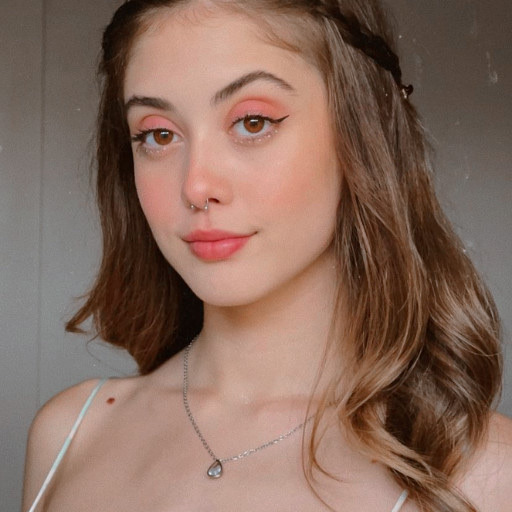






ananda icons like/reblog if you save
credits @aIfasquad on twitter
#icons site model#site model icons#icons#icons with polarr#icons with filter#icons with psd#icons brasileiras#brasileiras icons#icons atrizes brasileiras#ananda#ananda icons#icons ananda#ananda morais#ananda morais icons#icons ananda morais#icons tiktokers#icons chango#chango
16 notes
·
View notes
Photo
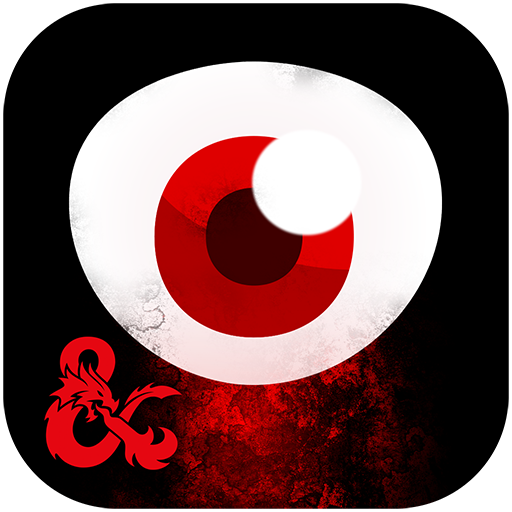
Idle Champions of the Forgotten Realms
Idle Champions of the Forgotten Realms
Game Idle Champions of the Forgotten Realms là dòng game Adventure
Giới thiệu Idle Champions of the Forgotten Realms
"You start with iconic Dungeons & Dragons characters like Bruenor Battlehammer from R.A. Salvatore's Forgotten Realms novels, Jaheira from Baldur's Gate, and you unlock additional Champions through adventures and events, like Drizzt Do'urden, Farideh, and Jim Darkmagic.
Gameplay gets deeper with each Champion you unlock. Master formation strategy to complete hundreds of adventures in a fantasy world based on official Wizards of the Coast D&D books like Waterdeep: Dragon Heist, Tomb of Annihilation, and Curse of Strahd.
Unlock Renowned Champions
Collect renowned Champions from the world of Dungeons & Dragons, including fan-favourites from the Force Grey series. Unlock more Champions and gear to add to your party in limited-time events.
Formation Strategy
Mastering the position of each Champion to maximize their special abilities is the key to completing each adventure. Each Champion's abilities and gear requires careful thought to create the best combination. Only the most powerful formations will defeat the waves of Dungeons & Dragons monsters.
Explore the Forgotten Realms
Take your Champions on a journey through the Sword Coast. Players will be able to explore familiar locations within the Forgotten Realms as they tackle each adventure.
Regular Events
The game is updated regularly with limited-time events. Completing events unlocks new Champions and gear to add to the player's collection.
Offline Progress: Your adventure continues even when you're not playing. Set-up your perfect formation and let your Champions battle monsters to earn gold until you return.
Time Gates: Choose to unlock the Champion you want if you missed their limited-time event.
Patron System: Revisit and replay your favourite adventures with new challenging restrictions for even greater rewards.
For more information on Premium Purchases, please visit http://help.idlechampions.com/?page=privacy
© 2020 Wizards of the Coast LLC. All Rights Reserved. Dungeons & Dragons, D&D, Idle Champions of the Forgotten Realm, Forgotten Realms, Wizards of the Coast, and their respective logos are trademarks of Wizards of the Coast LLC in the U.S.A. and other countries, and are used with permission. Nintendo Switch is a trademark of Nintendo. The characters Arkhan and Chango are trademarks of 3:59, Inc. and are used with permission. © 2020 3:59, Inc. All Rights Reserved. All other trademarks are the property of their respective owners." Various bug fixes and features for future events and content.
Download APK
Tải APK ([app_filesize]) #gamehayapk #gameandroid #gameapk #gameupdate
0 notes
Photo
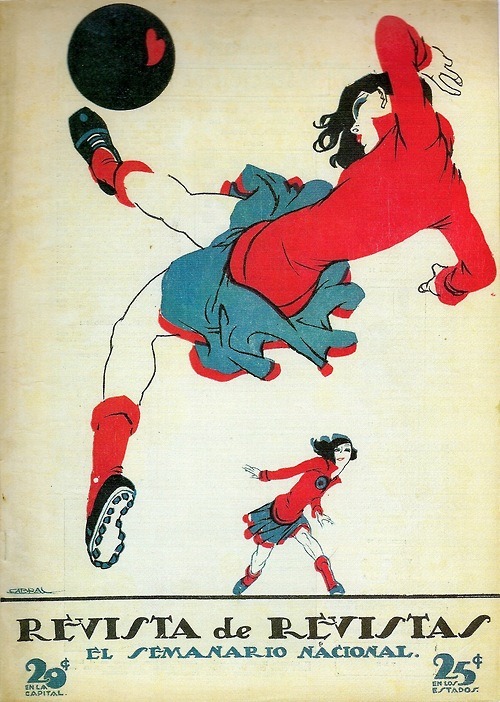
Ernesto García Chango Cabral (1890 - 1968) was an artist, painter and icon of Mexican Art Deco and Nouveau, famous for his contributions as a cartoonist to the magazine Revista de Revistas. His work covers almost 25,000 documents.
730 notes
·
View notes
Photo
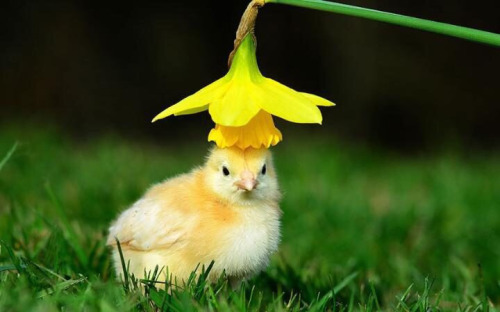
may i suggest a new icon…….
Presto chango!!
2 notes
·
View notes
Text
my favorite line from the sound of music? when max come down and says “presto chango” what a real icon
-4
0 notes